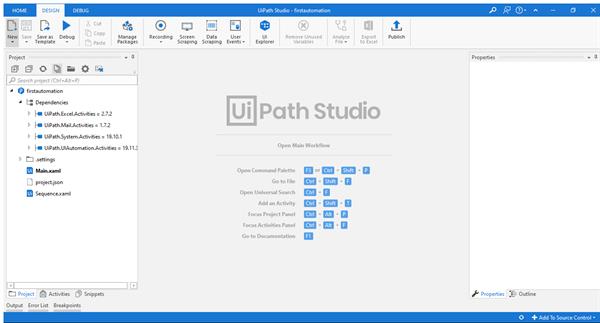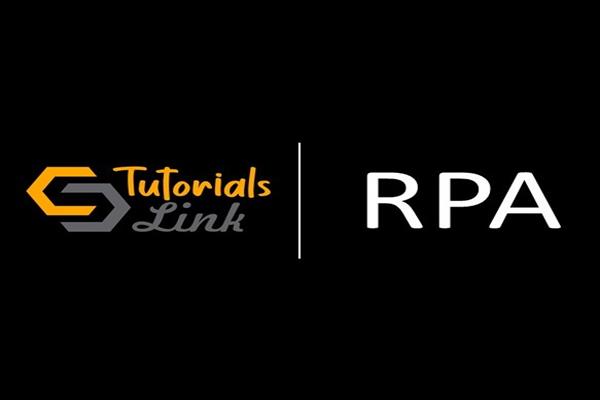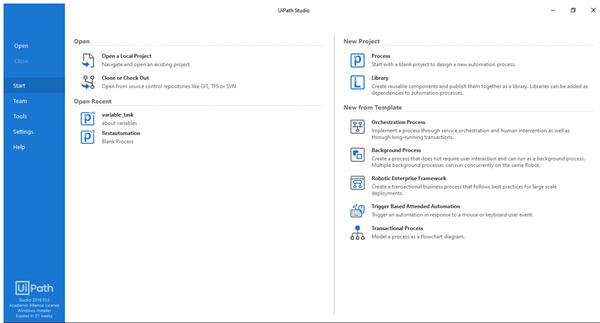Overview of UiPath | RPA Tool
Overview of UiPath
UiPath is one of the leading marketplace leaders of RPA tools. This tool is used to automate repetitive tasks and gives a drag and drop functionality. So, any motion which you desire to perform gets catered by way of activities which can be dragged and dropped into your running pane.
Now, to automate tasks in UiPath, you need to create initiatives primarily based on your need. So, next in this article, let us look at the various initiatives in UiPath.
There are mainly five sorts of tasks in UiPath.
Process – A process is a simple blank project, that's used to design a new automation method.
Library – This sort of project is used to create reusable additives and then publish them as a library.
Transactional process – This form of the project is used to create a process as a flowchart.
Agent process development – This form of task triggers automation in response to either a mouse or a keyboard occasion.
Robotic organization Framework – This type of project creates a transactional commercial enterprise process that follows exceptional practices for large-scale deployments.
Now, once you pick out the type of project, you will be redirected to the UiPath Dashboard. So, next, let us look into the different panes within the UiPath Dashboard.
UiPath Dashboard
The UiPath Dashboard has particular 4 panes other than the workplace to layout automation.
- Activity Pane: This pane includes activities that can be used to cater to different functionalities including printing output, for loop, if-else loop, etc.
- Ribbon: Ribbon consists of alternatives which include saving, Run, data Scraping, Recording, etc.
- Properties Pane: This encompasses the properties of the activities which you have dragged and dropped into the automation.
- Output Pane: The output pane shows the output of your automation.
Now, since you recognize the panes of UiPath let me inform you that whilst you drag and drop activity, then either you can create a Flowchart or a series. So let us apprehend these terms.

Flowcharts and Sequences in UiPath
- Flowcharts: Flowcharts in UiPath provide multiple branching logical operators, to create complex business processes and connect activities in multiple approaches.
- Sequences: are used to move from one activity to another seamlessly. So, when you put a set of activities in a sequence then they're performing as a single block activity.






